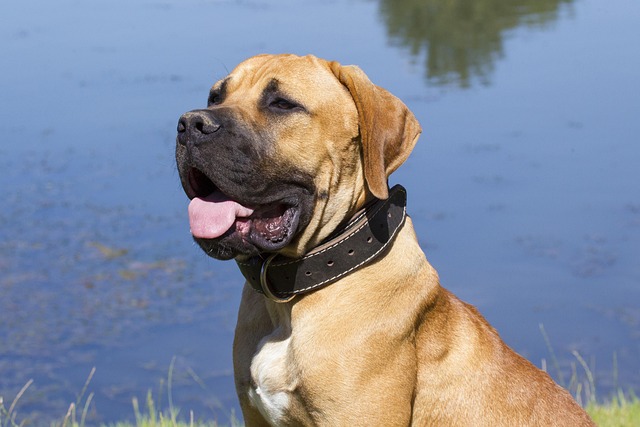
How can I tell if my dog's heatstroke is serious
Let’s be real: It’s a sticky August morning in Los Angeles, and you took your 2-year-old Golden Retriever, Max, for a walk a little later than usual
Bringing home a Petsafe dog collar can feel like unlocking a secret weapon for training and safety, but figuring out where to start can be tricky. Whether you’re using it to keep your pup in the yard or curb unwanted behaviors, mastering its features makes all the difference in creating a harmonious bond with your four - legged friend.
First things first: proper fitting. The collar should sit snugly around your dog’s neck—you should be able to slide two fingers underneath comfortably. In many regions, local leash laws require collars to be secure yet non - restrictive, and a well - fitted Petsafe collar meets this standard. For small breeds or puppies, opt for the adjustable models; their delicate necks need extra care to avoid chafing or discomfort.
Next comes powering up and setting the collar. Most models run on batteries, and ensuring they’re fresh is crucial. Some collars feature a simple dial or button - based system to adjust the correction level, while others connect via smartphone apps. When setting the intensity, start low. Think of it like a gentle tap on the shoulder for your dog. In areas where animal welfare regulations govern pet training devices, using the lowest effective setting aligns with ethical treatment standards.
 Using the collar for boundary training is a common application. If you’re setting up a wireless fence, start by walking the perimeter with your dog on a leash. Let them explore the area while the collar is set to a low warning mode. When your dog approaches the boundary, the collar will emit a beep or vibration—these initial signals teach them to stop before the static correction activates. Always supervise your dog during early training sessions; it’s not just good practice, but many local pet containment laws require direct oversight.
Using the collar for boundary training is a common application. If you’re setting up a wireless fence, start by walking the perimeter with your dog on a leash. Let them explore the area while the collar is set to a low warning mode. When your dog approaches the boundary, the collar will emit a beep or vibration—these initial signals teach them to stop before the static correction activates. Always supervise your dog during early training sessions; it’s not just good practice, but many local pet containment laws require direct oversight.
For behavior correction, consistency is key. Whether you’re discouraging excessive barking or jumping, use the collar’s signals immediately after the unwanted behavior occurs. Pair the correction with a clear verbal command like “no.” Remember, the goal isn’t to scare your dog but to create a clear association between actions and consequences. In public spaces, where noise ordinances and leash requirements apply, a well - trained dog wearing a properly used Petsafe collar is less likely to cause disruptions.
Maintenance keeps your Petsafe collar working effectively. Regularly clean the contact points to prevent dirt buildup, which can affect the signal transmission. Check the collar for any signs of wear and tear, especially if your dog loves rough play or swimming. In regions where dog owners are legally responsible for maintaining safe equipment, neglecting collar upkeep isn’t an option.
Using a Petsafe dog collar isn’t about control—it’s about communication. With patience, proper setup, and respect for your dog’s comfort and local regulations, this tool can enhance your training efforts and keep your furry companion safe. It’s all part of the journey to creating a happy, well - behaved pet who fits seamlessly into your daily life and the community around you.

Let’s be real: It’s a sticky August morning in Los Angeles, and you took your 2-year-old Golden Retriever, Max, for a walk a little later than usual

You're enjoying a summer afternoon at the park when you notice your dog has stopped panting and appears disoriented - their gums are bright red

Let’s paint the picture: You’re in your Denver apartment, watching your 4-year-old Boston Terrier, Ruby, plop down mid-play session with her favorite toy

Many dog owners notice their pets nails seem shorter after regular walks,but how much does this daily activity actually help?The answer depends on where you walk—concrete sidewalks or asphalt streets gently file nails as a dog's paws hit the ground

Most dog owners notice their pup scooting across the carpet at some point, but few connect it to impacted anal glands. These small sacs near a dog’s rectum secrete a scent for marking territory

Most vets agree that regular dog teeth cleaning is key to avoiding painful dental issues later. For healthy adult dogs, a professional cleaning at the vet’s office every 12 to 18 months usually works well.